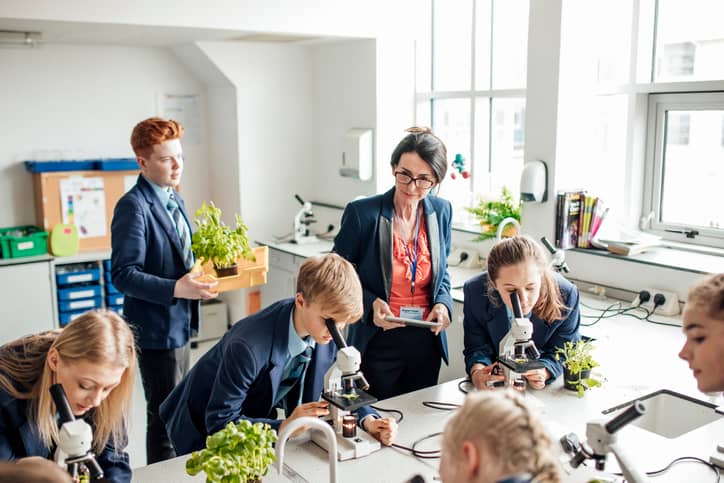Safeguarding & Ofsted Inspections
Written by Clive Davies OBE
Published on 9th June 2022
Last Updated: 31st July 2024
Written by Clive Davies OBE
Published on 9th June 2022
Last Updated: 31st July 2024

Naturally, when leaders hear the words “Ofsted’s on the line”, thoughts will immediately focus on the curriculum. With so much national interest given to the latest research available on pedagogy and on ensuring that the sequence of learning runs progressively through each subject, it is inevitable that it is the curriculum that most leaders worry about when inspectors arrive. Phrases such as “knowing more and remembering more” resonate through most inspection updates. It is therefore understandable that there has been a focus on rehearsal, retrieval and reflection in Continuous Personal Development (CPD) sessions across many schools and academies.
It is worth taking a moment to reflect that a number of schools have been found wanting because their safeguarding or child protection procedures have not been as thorough as they should be. Indeed, I know of two schools where such issues prevented an “outstanding” judgement. Other schools have also had their overall judgement reduced because of safeguarding procedures not being as tight as they should be.
Some leaders have reacted by ensuring all the paperwork is in order. While this is indeed a very sensible action to take, it is important to remember that it is the school’s procedures that will be under review.
While safeguarding will be evaluated in its own right when a school is inspected, it will also be considered in relation to its impact on other aspects of the inspection framework, e.g. the curriculum’s intent and implementation, as well as the behaviour, attitudes and tracking of vulnerable pupils, equality of opportunity, leadership and management. It is important that schools can demonstrate that safeguarding extends beyond paper-based and electronic systems and that it impacts on the provision and outcomes for children and young people. The most effective schools will be able to correlate their approach to safeguarding with their success in ensuring that children are safe, feel safe and achieve well.
Michael Bichard, who led the public enquiry into the murders of ten-year-olds Jessica Chapman and Holly Wells in Soham, Cambridgeshire, in 2004, states: ‘Safeguarding pupils is the first responsibility of any school, and although we always think we have it covered, most tragedies derive from complacency and poor practice.’ The five points that Lord Bichard made at the time remain as important today as they were twenty years ago. They are:
Schools that have been found wanting during inspections have fallen short on one of the points set out by Lord Bichard. Many smaller schools with relatively few pupils have believed they “know their pupils and families inside out”. While leaders of large schools have believed that they “designated appropriately” but did not revisit key procedures frequently enough.
Some schools have failed to be clear about the difference between safeguarding and child protection. It is useful to remind ourselves that safeguarding involves protecting children from maltreatment, preventing impairment of children’s health or development, ensuring that children are growing up in circumstances consistent with the provision of safe and effective care, and taking action to enable all children to have the best outcomes. Child protection, however, focuses on the four categories of child abuse (emotional, physical, sexual abuse and neglect). Somebody may abuse or neglect a child by inflicting harm or by failing to act to prevent harm. A child may be abused by one or more adults or children. Staff should know about the four categories and understand which signs may be indicators and which could lead to further investigation.
A school’s Safeguarding and Child Protection Policy is an essential document and must be read by every staff member and volunteer. Having a checklist will help ensure that the policy contains all of the expected and required detail. Of course, a safeguarding policy and procedures are linked to many other policies and documents, such as a health and safety policy or an e-safety policy.
Some schools have not provided an annual safeguarding report to governors, which is a statutory requirement for all maintained schools, academies and independent schools. It is important to remember that the annual report provides an opportunity for governors to discuss safeguarding and child protection at a strategic level. It may also be useful to remember that the report should not include details of individual cases and that anonymity must be preserved.
Finally, it may be helpful for school leaders to reflect on how well children and staff would respond to the following questions during an inspection.
| Children | Staff (could be aimed at any member of staff) |
|
|